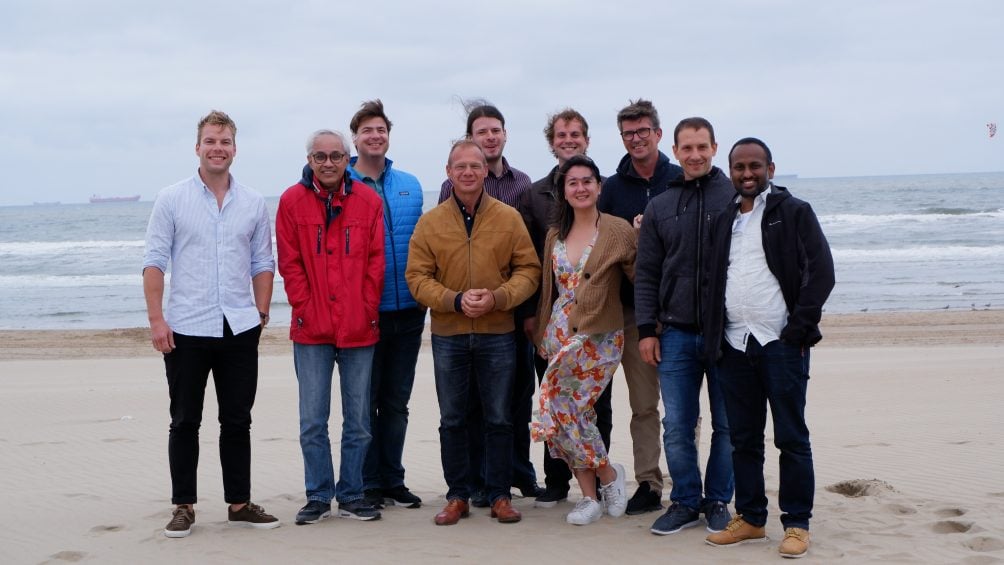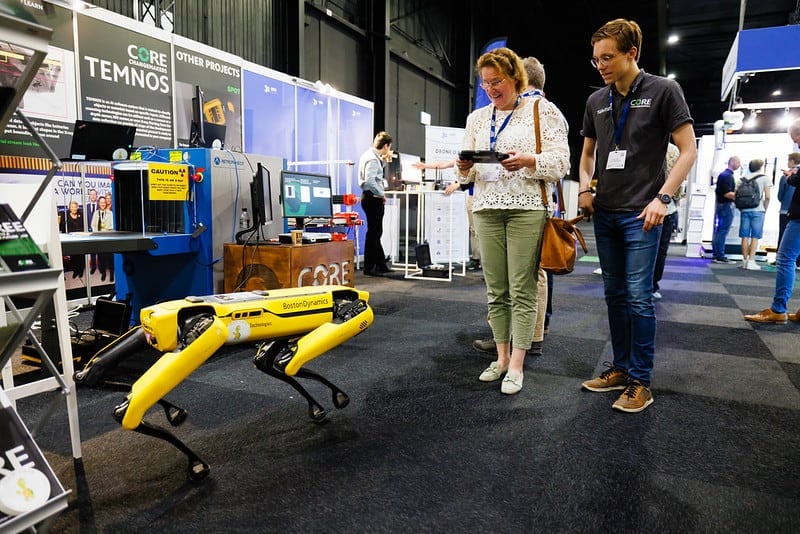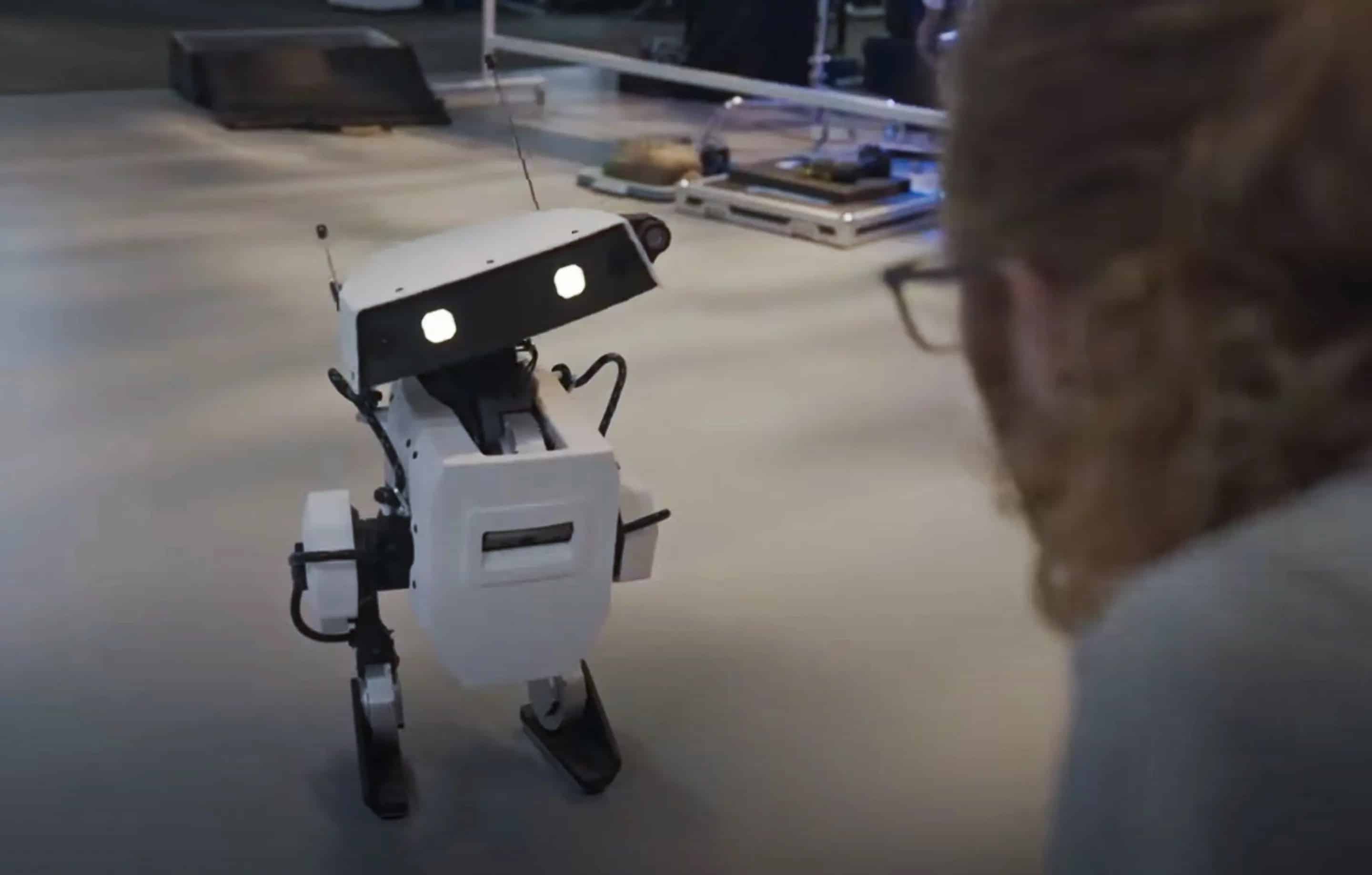
About Loop Robots
- Founders: Per Slycke, Mark van de Vrede, Maarten Sluyter, Aswin Chandarr
- Founded in: 2020
- Employees: 12
- Money raised: Investments and sponsoring
- Ultimate goal: Reduce the number of infections contracted in the hospital by 30-40 percent
Using UV-C radiation to disinfect hospitals. Loop Robots from Rotterdam developed robots in the middle of the Covid-19 pandemic that are capable of doing this. Ashwin Chandarr tells us more about it.

What is Loop Robots?
“We are a robotics company that develops technology,” he says. “Technology is only interesting when there is a use for it. Our focus right now is on improving the use of disinfection. Our robots, better known as SAM are doing this at hospitals using UV-C radiation. This kills 99.9999 percent of all bacteria, viruses and pathogens.”
How does SAM work?
“SAM has sensors and we programmed it with a map so it sees where to ride to ands it will not damage anything. SAM knows exactly what is being exposed to radiation and which spots are less exposed or not at all. This is important because in places where there no UV-C light or less is shone, desinfection does not take place. For example, think of shaded areas on the inside of cabinets. SAM then informs the cleaners what they still need to do manually.”
How did the idea come about?
“Because of Covid-19, we were thinking about what we could do with robots. What the was the main problem at that point? We knew that Covid-19 was transmitted by air. What could we do to help? Through contacts with hospitals, we found out that they already had UV lamps to clean instruments, but that the process was too laborious. That was an aha! moment for us that could not have happened without engaging in conversation with several people who were looking for a superhuman solution.”
Why should we replace people with robots?
“We are not actually replacing people, we are helping them. The fact is that the way cleaning is done in hospitals has not changed in the last 50 years. Whereas disinfecting hospitals is extremely important. Covid-19 has highlighted the urgency of this problem. The number of antimicrobial-resistant bacteria and viruses that we have no medication for is growing. Humans can’t see bacteria and viruses, so we need to trust that hospital cleaners are really cleaning properly. We can program a robot to do what we tell it to do, and monitor its progress directly.”
Have any of your robots already been put into practice?
“A few hospitals in the Netherlands and Belgium have SAM working for them. They are very satisfied. The robot saves time, money and makes the hospitals safer. It often takes a while until hospitals see the value of new technology, but we expect to deliver at least ten to fifteen new robots in the next six months. Every department in a hospital should get a SAM to achieve complete efficiency.”
What does the future look like for Loop Robots?
“We have recently raised seed capital. Our focus is not so much on building robots, but on developing software. With the seed funding, we can now expand and see how we can develop our technology even better so that we can also apply our robots in other ways.”







